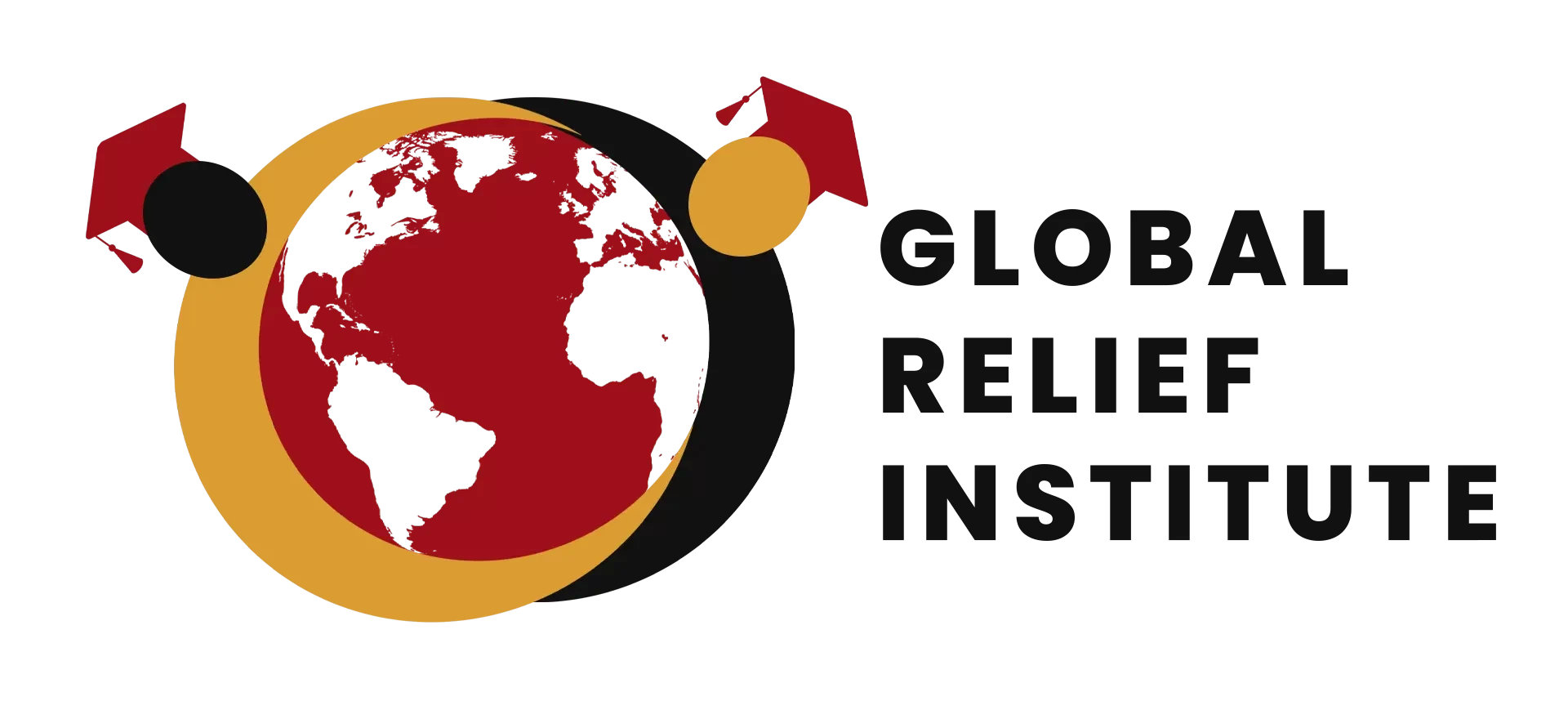Course Overview
This course covers the hurdles faced by populations in cities and urban settlements and explains to the humanitarian community how they should prepare for such, and measures to mitigate any negative issues that are likely to emerge from the same. Refugees not wanting to stay in camps in the country of asylum and relocating to urban centers in the country of asylum also present challenges.
Statistics show that more than half of the refugee population in each country stay in urban centers. Due to that, a higher occurrence of human induced and natural urban disasters are on a sharp increase because they first settle in informal settlements and slums.
The course incorporates expert sessions to offer talks on disasters that this population is posed to and identify strategies on how to curb any problems that may arise.
Course Content
- Hazards and disasters in urban centers
- Disaster mitigation policies in urban centers
- Supporting emergency response operations using geospatial technologies
- Collaboration and coordination in emergency response planning and management
- Disaster recovery and building
- Measuring and mapping vulnerability
- Mitigation planning and policy strategies in urban centers
- Preparedness and planning
- Emergency management planning
- Communication and risk management
- Disaster response; planning for response in urban centers
- Urban community resilience
Exercises:
After reading course materials, students are expected to complete some relevant exercises and tasks to test their own learning.
Assignments
Students will be required to submit three assignments to demonstrate their understanding of the course content.
DURATION: 3 Months
REGIONS TARGETED: Global
COURSE FEE: €500
ORGANIZERS: GRI
LANGUAGE: English and French
FORMAT: Online Learning
GENERAL COURSE CONTACT:



